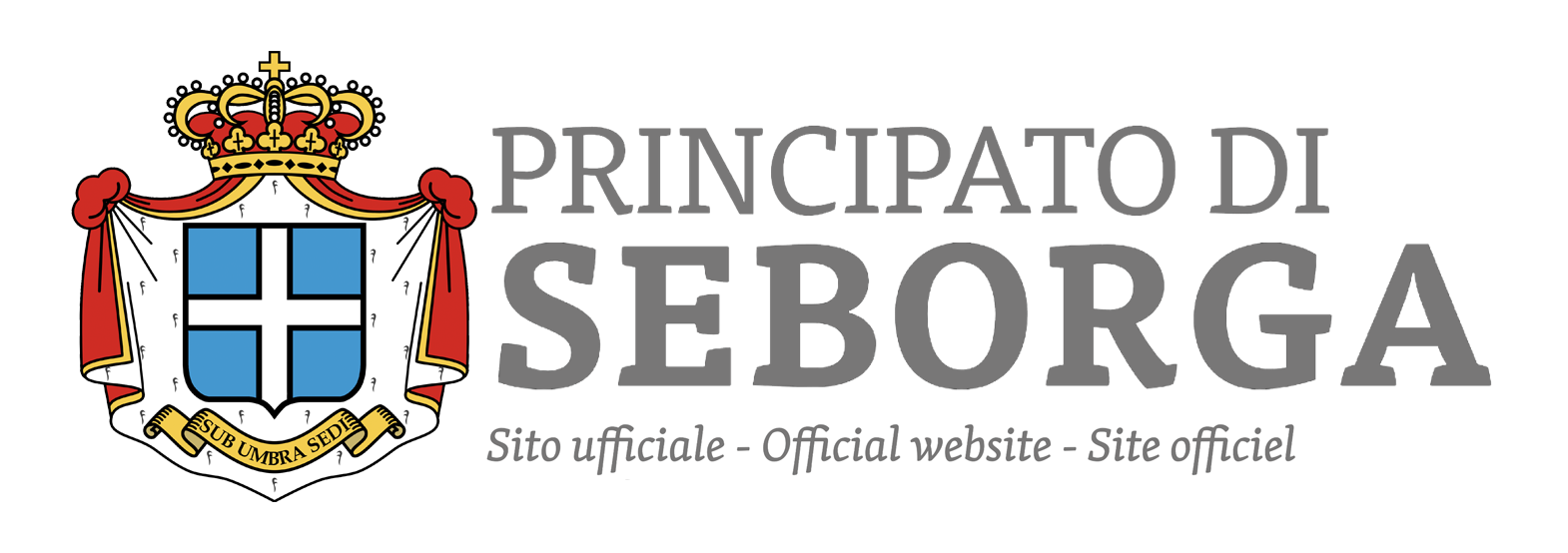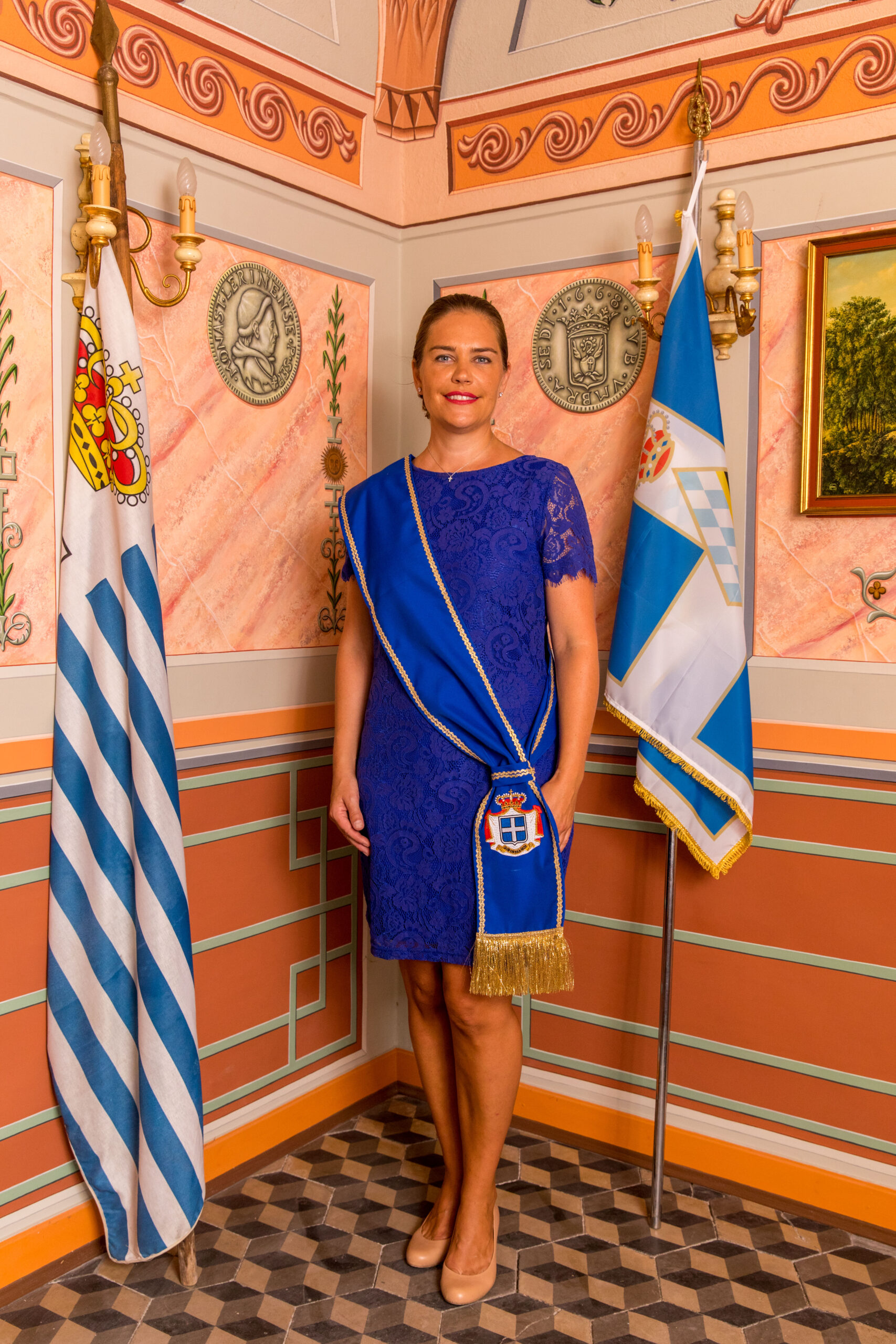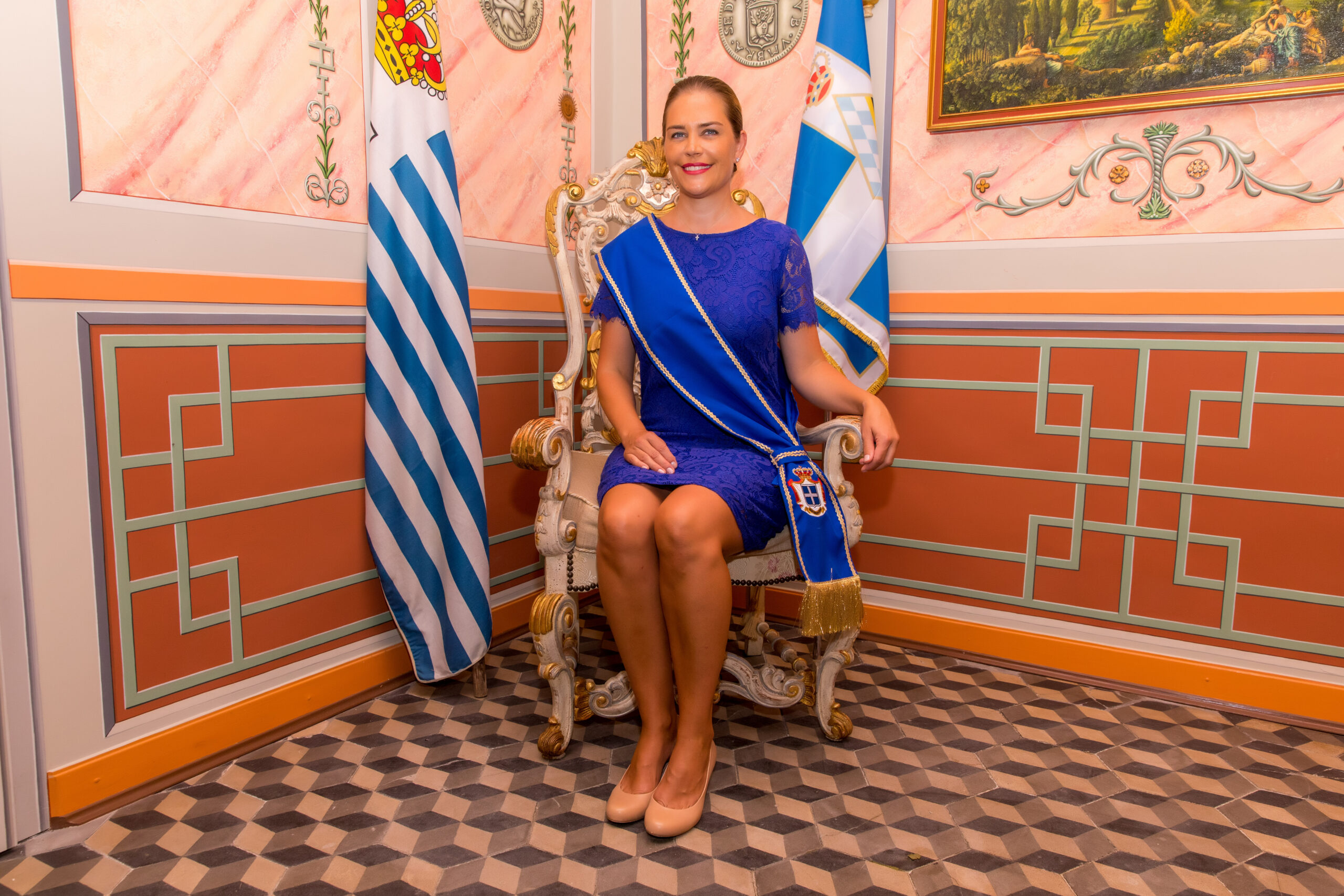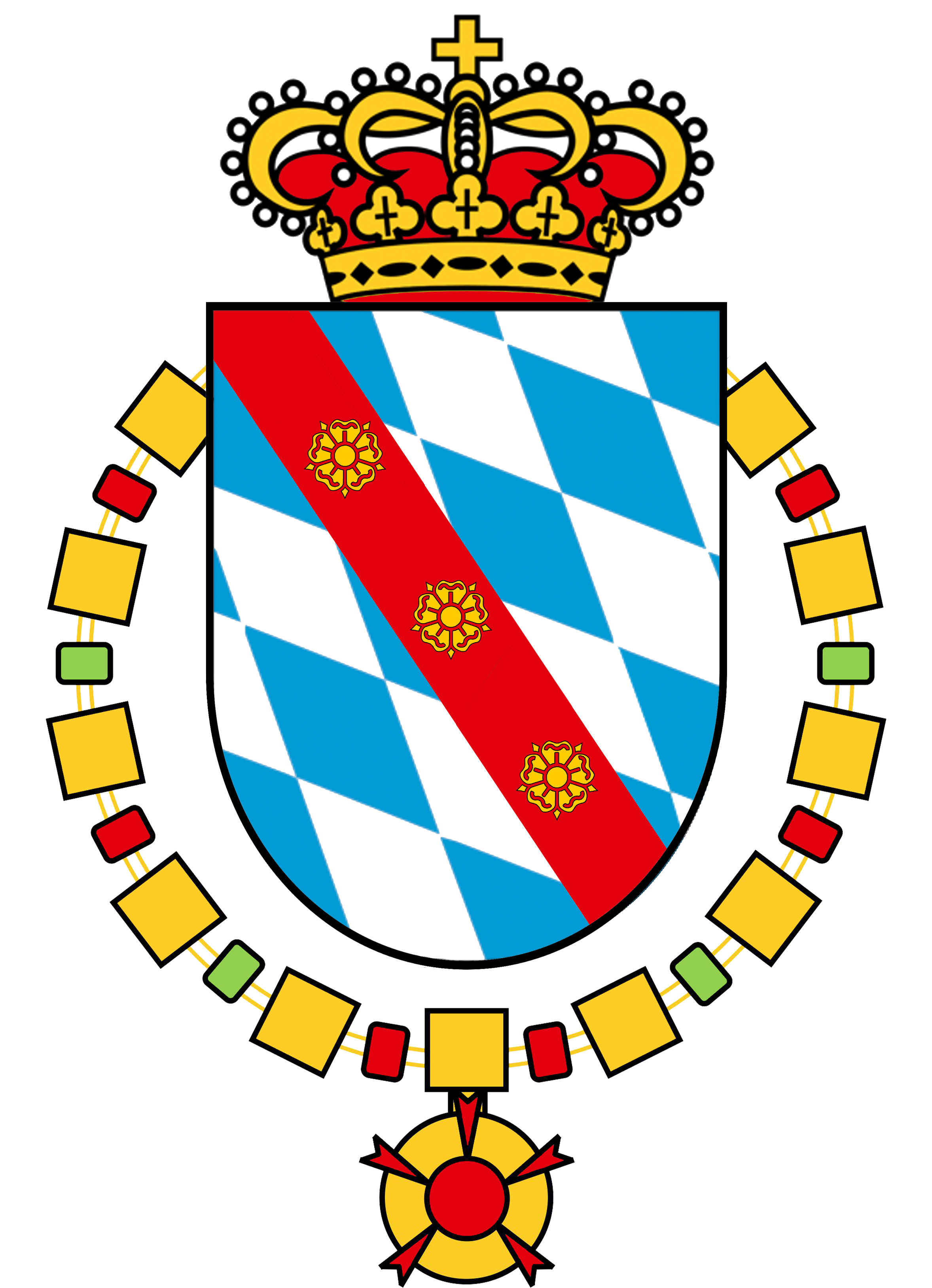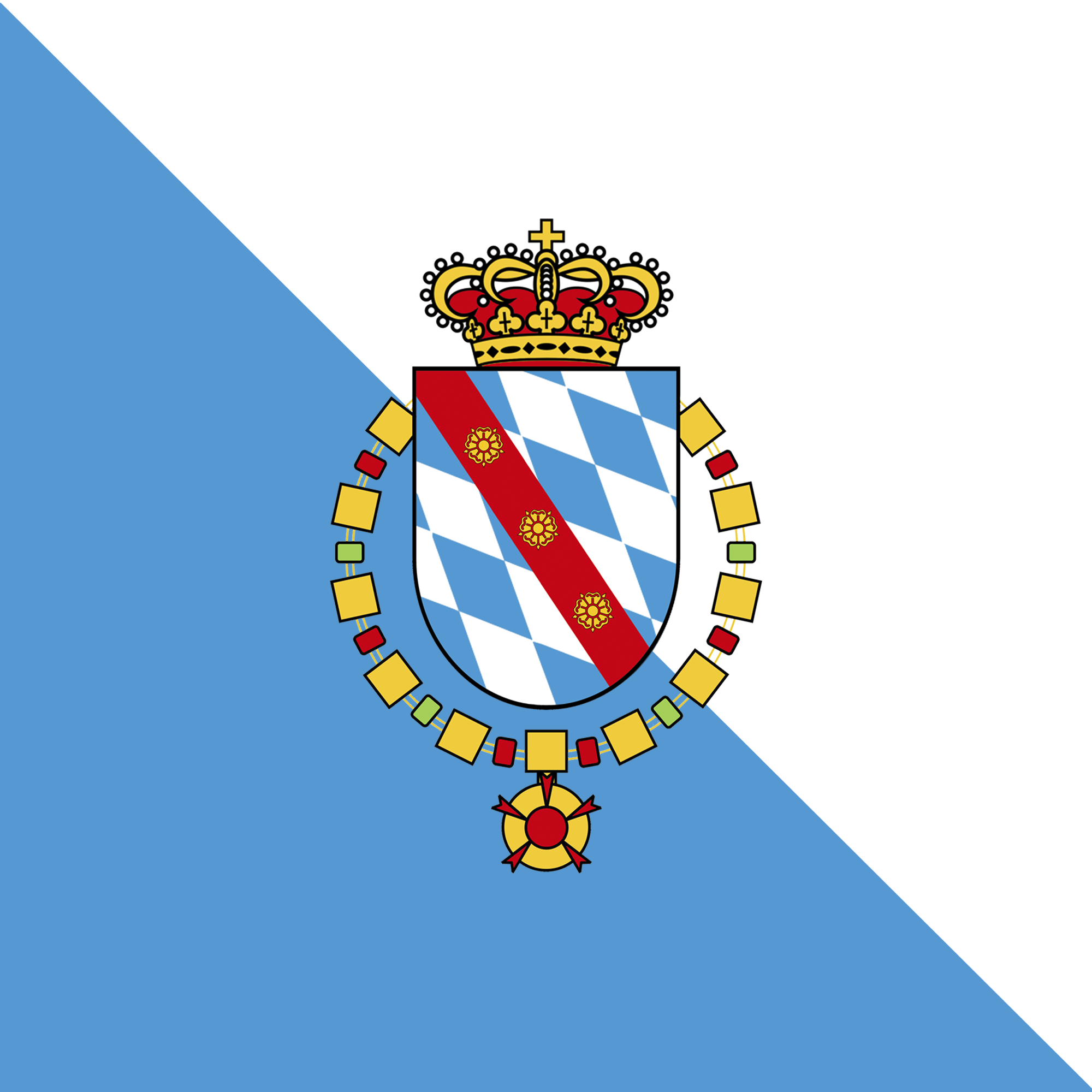HSH the Princess of Seborga
Biography of HSH Nina, Princess of Seborga
HSH Princess Nina of Seborga (Nina Menegatto) was born in Kempten (Germany) on November 6, 1978.
She attended the Institut Monte Rosa in Montreux, Switzerland, and later earned an MBA in marketing from the International University of Monaco, in the Principality of Monaco. She is native German speaker and she also speaks Italian, English and French fluently.
For over 15 years she has been very active and involved in Seborga’s life and activities. A great supporter of the Principality, from 2010 to 2019 she was twice elected by the Seborgans as Crown Councilor of the Principality of Seborga, and in both cases she was in charge of the Foreign Affairs. With this position, she took action to promote the Principality of Seborga abroad from a tourist, historical and commercial point of view.
Following the abdication of Prince Marcello I of Seborga, she applied to become Princess of Seborga on 2 October 2019. On 13 October the Crown Council announced the acceptance of her candidacy.
On 10 November 2019 she was elected by the Seborgans as Princess of Seborga, the first woman to hold this office. She defeated the other candidate, Laura Di Bisceglie, with the result of 122 to 69 (63.87% against 36.13%).
On 20 August 2020 she received the official investiture as Princess of Seborga.
Coat of arms and personal banner of HSH Nina, Princess of Seborga
Blazon of the Coat of Arms: Fusily in bend argent and azure, a bend gules, charged with three roses or, seeded and buttoned of the same, set along the bend.
